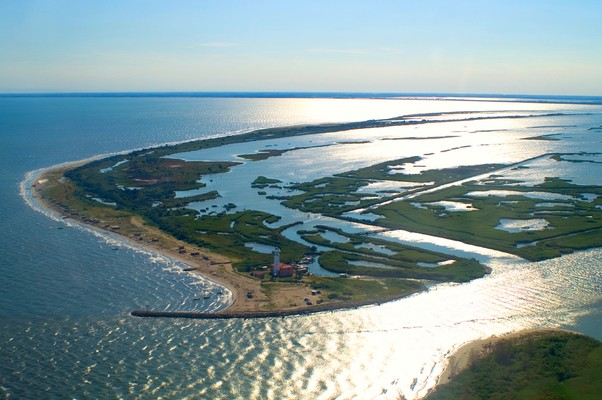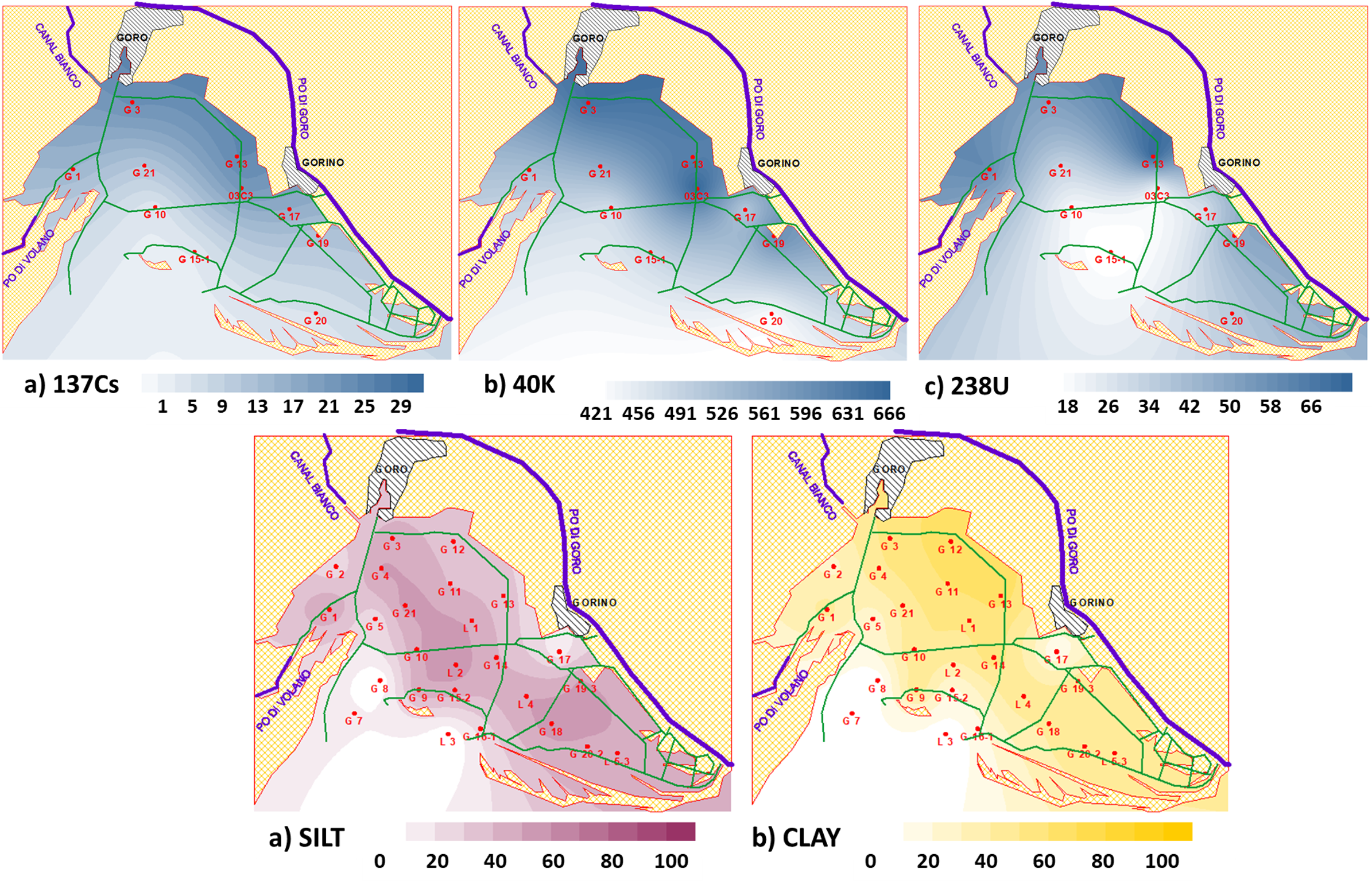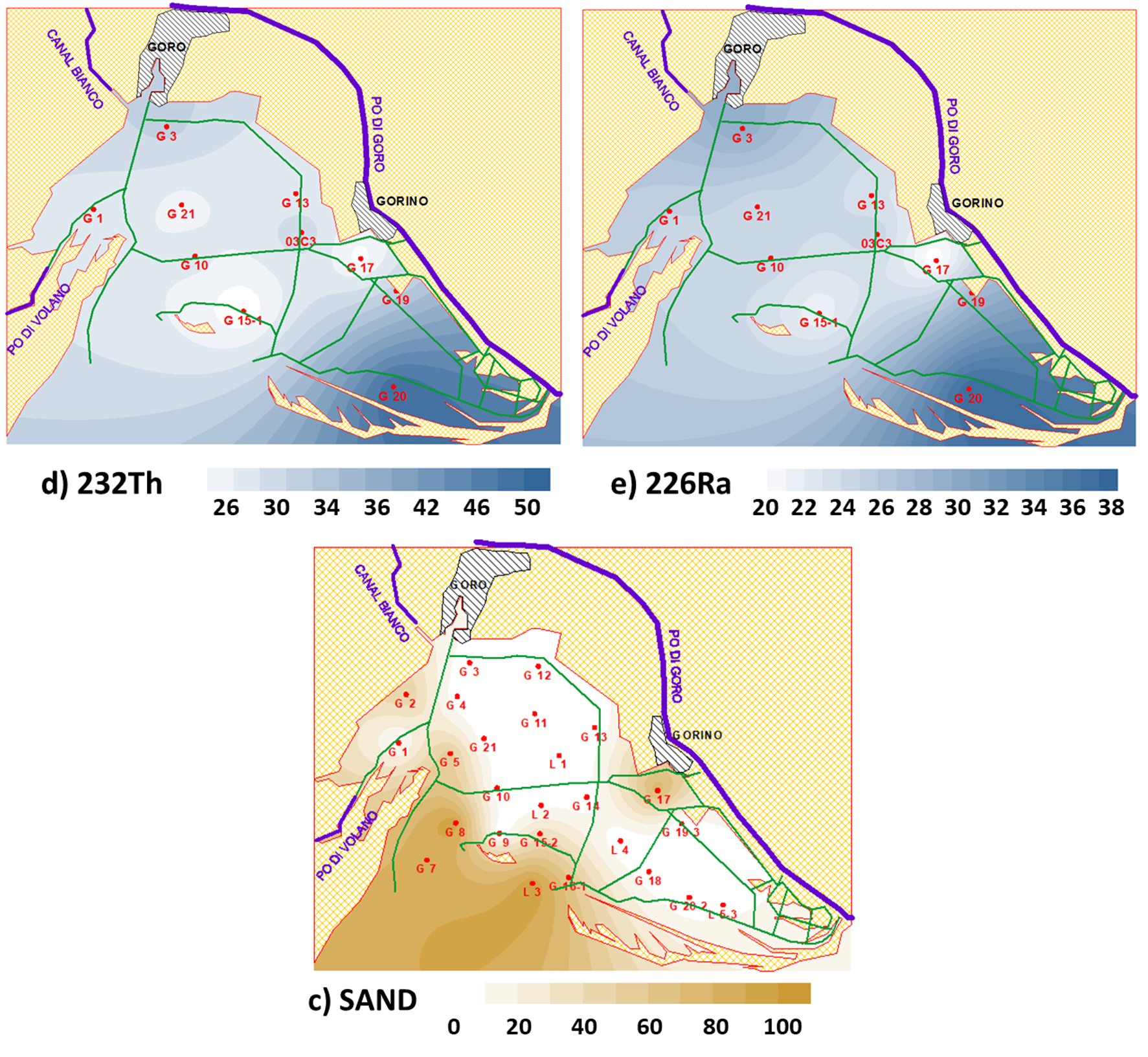Evaluation of the radionuclide concentration in the sediments of the Sacca di Goro (Italy)

Radioisotope characterization is important for estimating the health risk from exposure to a particular radioactive element. This became paramount after the Chernobyl accident.
The Po delta region (Emilia-Romagna, Italy) is one of the areas affected by the contamination of the Chernobyl products. For this reason, different studies were carried out to evaluate the presence of radioactive elements after Chernobyl event, especially in the Sacca di Goro, which is a typical habitat of many fish, clams, and mussels.
It is important to note that mollusks are bioaccumulators of radioactive elements and therefore can transfer the radioactivity into higher organisms.
Different types of sediment were collected at a depth of 5cm and transported to the Traceability Laboratory (FSN-SICNUC-TNMT) of the ENEA research center in Bologna (Italy) for analysis.
For each sample, isotopes such as 137Cs, 40K, 238U, 232Th, and 226Ra were analyzed by High Purity Germanium Radiation Detectors (HPGe, ORTEC) to characterize their concentration and spatial distribution in the Sacca di Goro, an environment of radionuclide accumulation probably tied to erosive sediment transport.
The grain size distribution of the sediments identifies three different patterns: silt and clay near the coast and sands toward the open sea (Fig.2). 137Cs, 40K and 238U spatial distribution in the sediments is similar to each other. The largest concentrations are found in the northern part of the lagoon near the coastline, as shown in Fig.3. In this area the percentage of clay is higher due to the negligible effect of the wavy wave. These distributions are different from those of 232Th and 226Ra, which have constant distributions. Figures 3d and 3e show an accumulation located in the southeastern part of the lagoon, composed of sandy sediments.
Although many years have passed since the Chernobyl accident, 137Cs are still observed in the investigated area. The results of the analyzes show that the largest accumulations are near the coast, which is characterized by fine-grained sediments. Fortunately, the studied area is not affected by mollusk cultures, so it would be necessary to investigate possible bioaccumulation in the clams and mussels habitat (future research work).
Chiara Telloli
ENEA
chiara.telloli@enea.it
Antonietta Rizzo
ENEA
antonietta.rizzo@enea.it

